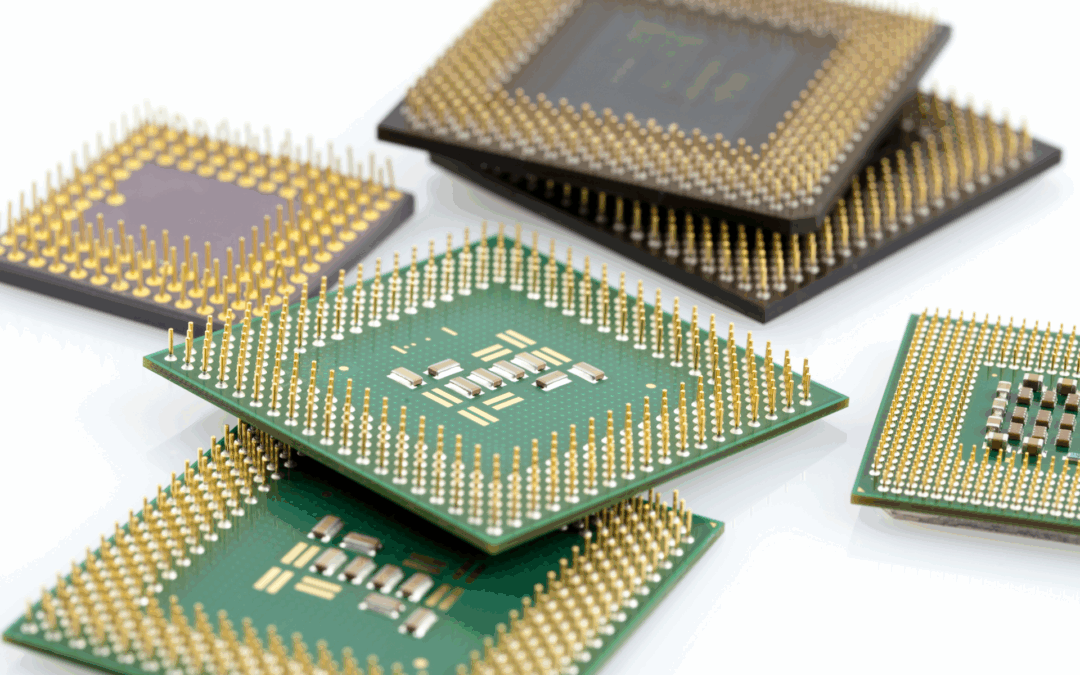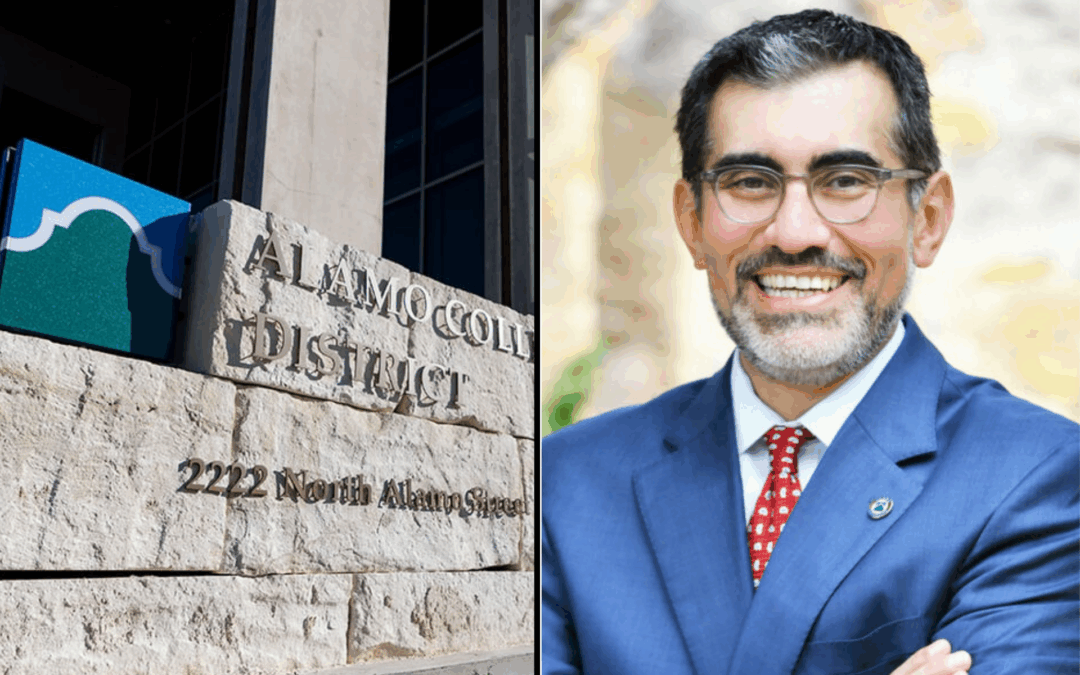Matt Hawkins, EVP & Chief of Staff, Ivy Tech Community College
Emily Sellers, VP of Project Implementation & Support, Ivy Tech Community College
At Ivy Tech Community College, we’ve long understood that innovation is not our challenge —scale is. With 19 campuses and more than 40 sites across the state of Indiana, we see creative, student-centered ideas emerge every day. But moving those ideas beyond a single campus or department to benefit students statewide requires an inclusive and structured approach. That’s why we developed IMPACT— a framework designed specifically to help our large, distributed institution identify, evaluate, implement, and scale successful practices across our system.
IMPACT stands for Initiative, Measure, Project/Process, Action, Communicate, and Transform. It is more than a process — it’s a disciplined, transparent, and collaborative model that ensures our most promising innovations become impactful realities for our students and communities.
Tackling the Innovation-to-Scale Challenge
Similar to the House and Senate structure, IMPACT enables the College to cultivate innovation from both campus and systems leadership, ensuring creative ideas are nurtured and supported at all levels of our institution. Like many of you, we’ve seen great ideas emerge at the campus level that never quite gained traction elsewhere. The challenge is navigating alignment, resourcing, and communication across a complex, multi-campus system. With IMPACT, we’ve built a mechanism that bridges that gap by bringing cross-functional teams together early and building statewide alignment and collaboration from the ground up.
A Framework Built for Strategy and Scale
IMPACT begins with the Initiative phase, where ideas are formally proposed through a structured concept form that is designed to capture the vision, strategic alignment, and resource implications of a proposed initiative. This early vetting ensures we focus our time and energy on projects with the greatest potential to move the needle for our students and operations.
Next, the Measure phase rigorously assesses feasibility and alignment with college-wide goals. In this phase, individuals representing the chancellors of our 19 campuses and Systems Office leadership determine if the idea should move forward.
Once approved, the initiative moves into the Project/Process phase, where teams develop a comprehensive project charter outlining objectives, timelines, risks, and responsible parties. This ensures clarity, accountability, and consistency across campuses from the outset and essentially functions as our blueprint for success.
In the Action phase, rubber meets the road. We develop a detailed implementation plan that breaks down the project into manageable tasks and deliverables. It also includes our plans for evaluating and communicating about the project to affected stakeholders so we can ensure a smooth and effective rollout. Importantly, continuous improvement is embedded into the process, not tacked on at the end.
Communication runs parallel through every step of the IMPACT process. Stakeholders are kept informed and engaged from concept to implementation, which has been key to building the trust and buy-in necessary for broad statewide adoption.
Finally, in the Transform phase, we evaluate impact, identify lessons learned, and make adjustments to strengthen outcomes. This feedback loop ensures we’re executing, evolving and improving with each implementation cycle to maximize our impact.
What We’ve Learned
Since launching IMPACT, we’ve seen meaningful results. It has enabled us to:
- Scale creative and high-impact practices such as proactive advising, career coaching, and employer engagement models across all campuses.
- Build a culture of shared ownership and collaboration among faculty and staff.
- Streamline innovation pipelines so ideas don’t get stuck, and successful models get the visibility and support they need.
- Expedite the IMPACT process through the President’s Executive Order authority ensuring critical initiatives are prioritized.
Most importantly, it has helped us operate as one college — a unified system delivering on our mission of workforce-aligned, affordable, and accessible education for every community in Indiana.
A Model for Systems-Level Leadership
IMPACT has allowed us to approach innovation with both creativity and discipline. It’s given our teams the structure they need to execute well and the space to lead boldly. For those of you leading statewide or multi-campus systems — or simply seeking to better scale promising practices — I encourage you to consider how a model like IMPACT could support your goals.
At Ivy Tech, we’re always learning, always evolving — and always happy to share what’s working. Our commitment to innovation and execution is helping us better serve our students, and we believe it’s a model with relevance far beyond Indiana.
Dr. Sue Ellspermann is president of Ivy Tech Community College, Indiana’s statewide community college system and workforce engine.







Recent Comments